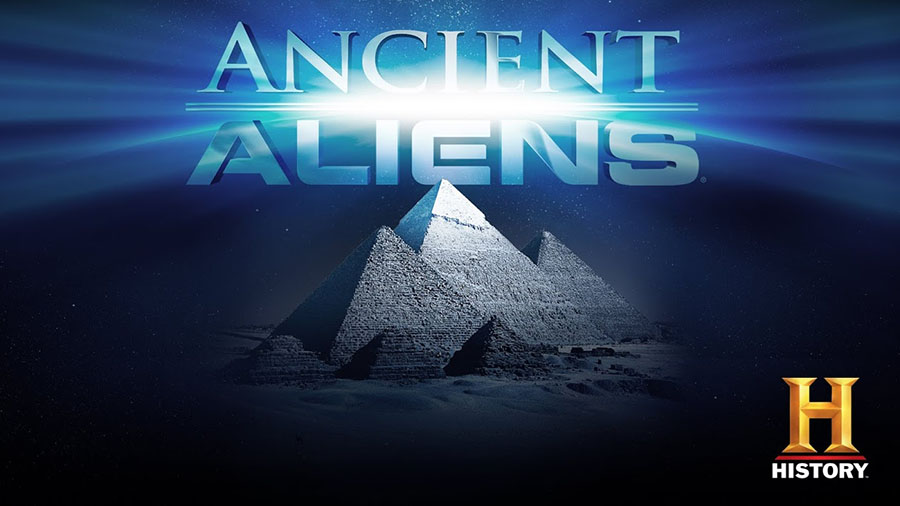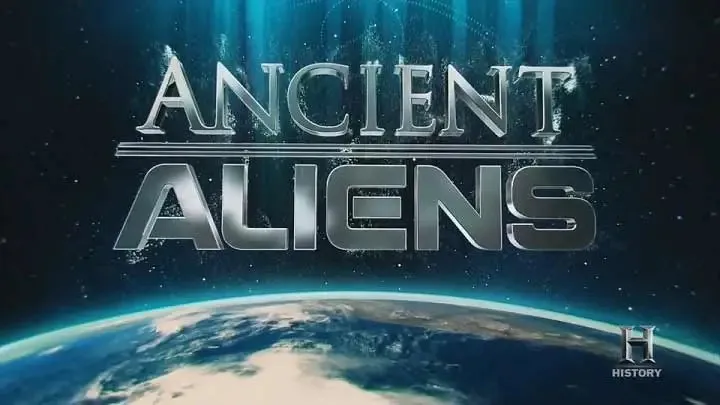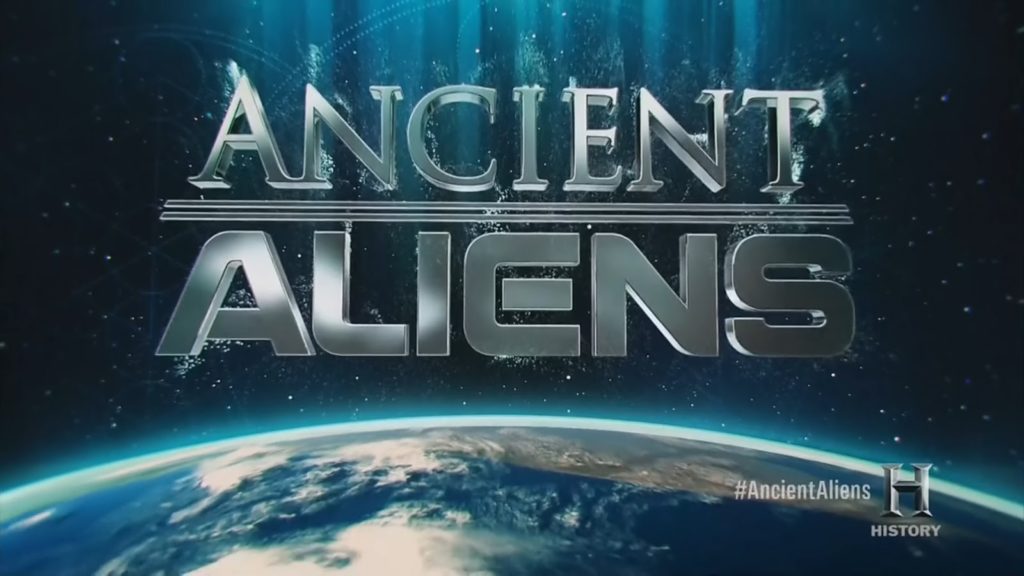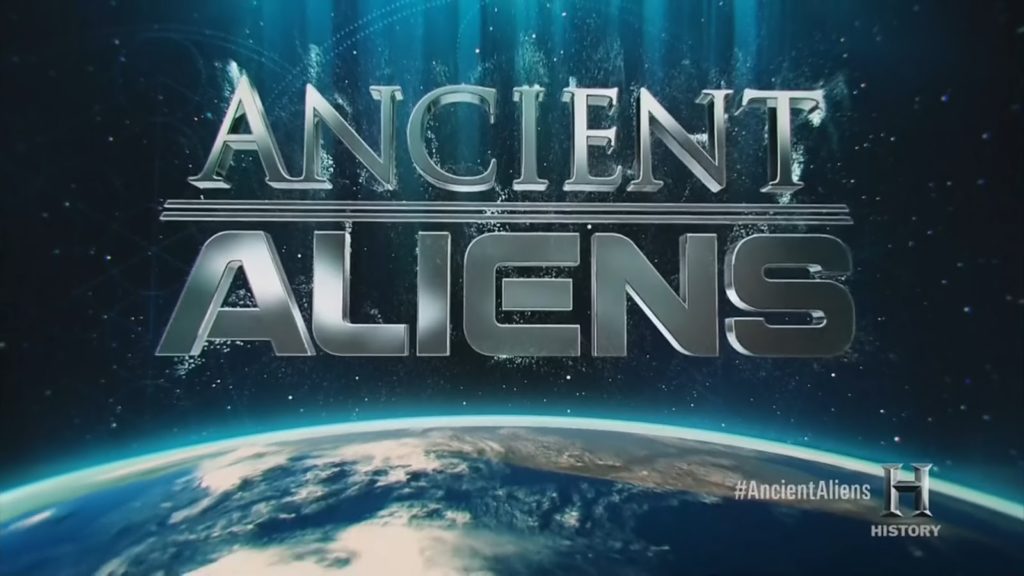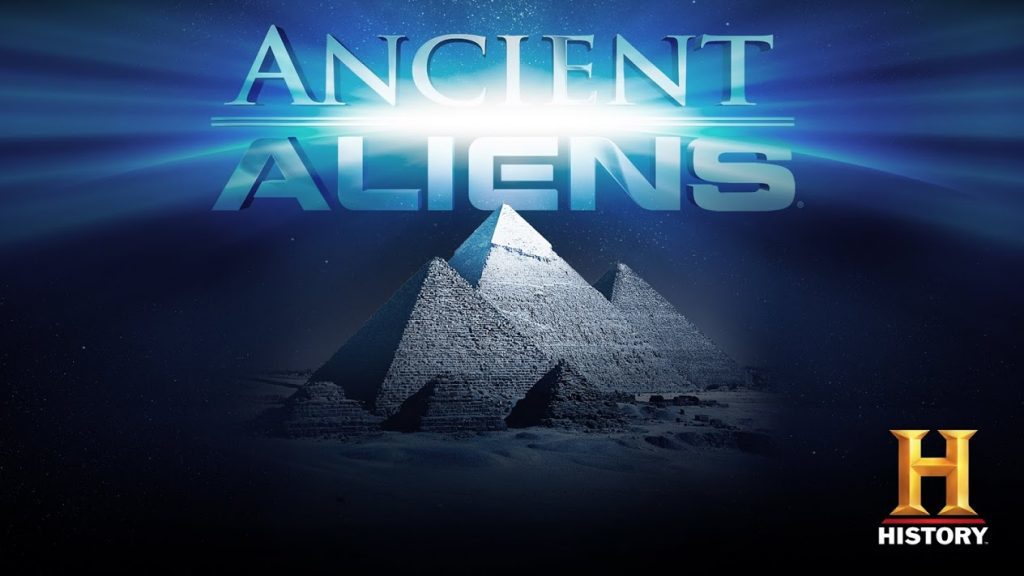Ancient Aliens season 8 ep.5 – Alien Evolution: Ancient Astronaut theorists have suggested that many of the divine beings depicted in cultures throughout the world are not really divine – or mythological – but instead reflect extraterrestrial visitations that our ancestors did not understand. If true, what can account for all the different types of beings that are depicted, from anthropomorphic birds and reptiles, to gods with blue skin to multi-limbed humanoids?
Alternative stream
Might there have been numerous alien species inhabiting Earth? Could the accounts given by modern day alien abductees be evidence that these otherworldly entities continue to visit Earth to this day? And is it possible that they all have a common ancestor? In 1928, archaeologist Julio Tello discovered the Paracas skulls of Peru – elongated heads with cranial volumes at least 25% larger than the largest known human skulls. Some believe that these remains are of extraterrestrial origin.
Ancient Aliens season 8 ep.5 – Alien Evolution
Artificial cranial deformation or modification, head flattening, or head binding is a form of body alteration in which the skull of a human being is deformed intentionally. It is done by distorting the normal growth of a child’s skull by applying force. Flat shapes, elongated ones (produced by binding between two pieces of wood), rounded ones (binding in cloth), and conical ones are among those chosen or valued in various cultures. Typically, the shape alteration is carried out on an infant, as the skull is most pliable at this time. In a typical case, headbinding begins approximately a month after birth and continues for about six months.
Paracas culture
The Paracas culture was an Andean society existing between approximately 800 BCE and 100 BCE, with an extensive knowledge of irrigation and water management and that made significant contributions in the textile arts. It was located in what today is the Ica Region of Peru. Most information about the lives of the Paracas people comes from excavations at the large seaside Paracas site on the Paracas Peninsula, first formally investigated in the 1920s by Peruvian archaeologist Julio Tello.
The Paracas Cavernas are shaft tombs set into the top of Cerro Colorado, each containing multiple burials. There is evidence that over the centuries when the culture thrived, these tombs were reused. In some cases, the heads of the deceased were taken out, apparently for rituals, and later reburied. The associated ceramics include incised polychrome, “negative” resist decoration, and other wares of the Paracas tradition. The associated textiles include many complex weave structures, as well as elaborate plaiting and knotting techniques.
